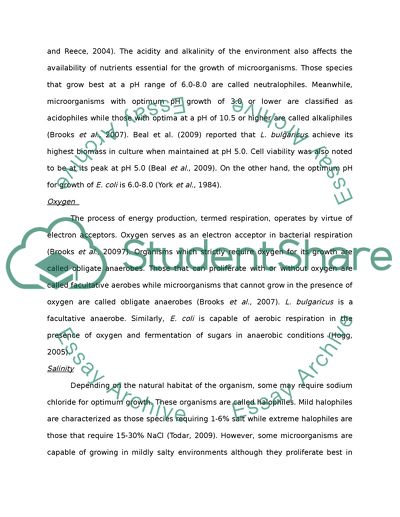Module 3 SLP - microbial metabolic and environmental growth Essay. Retrieved from https://studentshare.org/biology/1595925-module-3-slp-microbial-metabolic-and-environmental-growth
Module 3 SLP - Microbial Metabolic and Environmental Growth Essay. https://studentshare.org/biology/1595925-module-3-slp-microbial-metabolic-and-environmental-growth.


